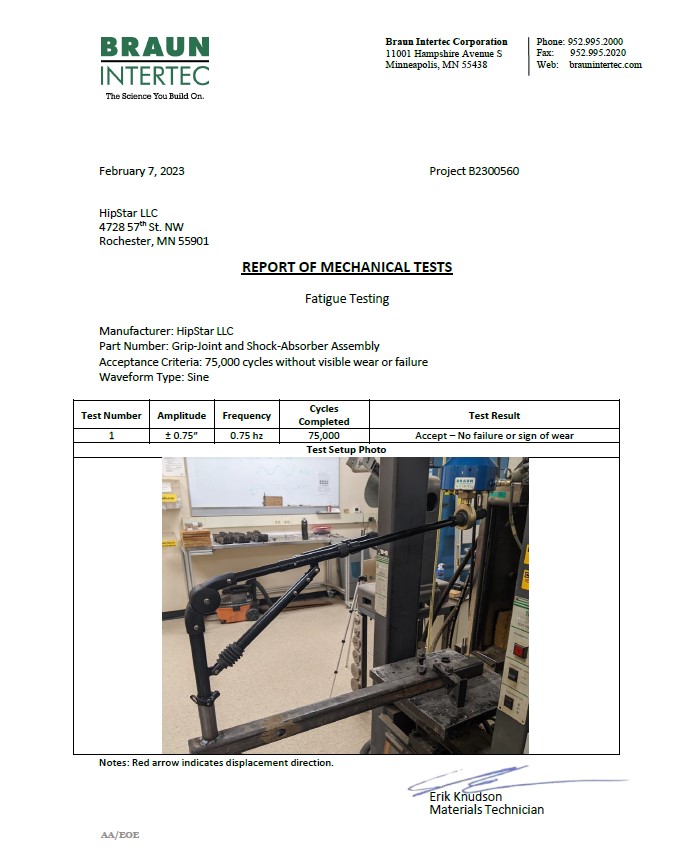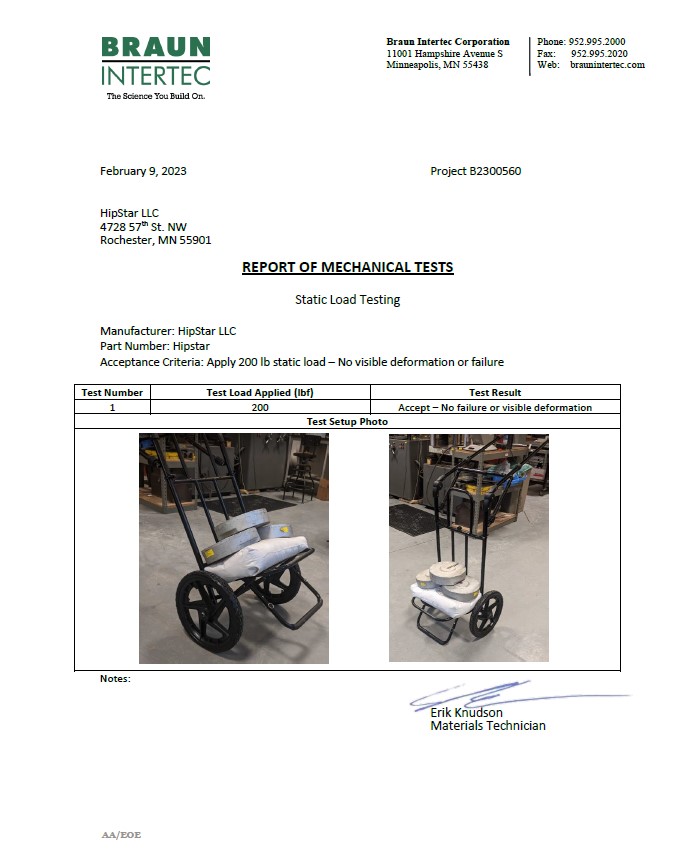

- The idea for HipStar came a few years ago as I was traveling across Europe on business and later with my family. Between the three of us, we had one backpack to carry all of our things. There was so much to see, but after half a day’s worth of walking around, all I could think about was how the straps of my heavy bag were digging into my shoulders. I only wish I had a companion who would carry all of our stuff for us and never get tired. No matter where and how you travel, even a light backpack begins to weigh as much as a few bricks.
Heavy backpacks create a forward trunk lean (rounding of the upper back), which causes a forward head posture with extended neck, creating neck and shoulder pain and make it difficult for muscles and ligaments to hold the body up. After a long day on the trail, even 5 kg (11 lbs.) will feel heavy no matter what you are carrying it in.

1) One pound on your feet equals five pounds on your back.
2) One pound on your feet equals five percent more energy expended.
3) Every one percent of your body weight makes you six seconds slower per mile.
4) Ten percent grade incline cuts your speed in half.
5) Going up slows you down twice as much as going down speeds you up. Every percent of incline adds 15 seconds to your mile pace. Every percent of decline takes 8 sec. off of your mile pace.
You get tired. You get impatient. You waste half your day dealing with back pain. All because there’s no other way to carry your stuff other than on your back. What about seniors or people with back problems? They are even more affected by carrying weight around. It doesn’t matter if it’s light or heavy.
That’s when the idea for the HipStar® was born: a back-free, hands-free light, collapsible travel cart that makes it easy to move heavy items over any terrain with little effort, literally doing the heavy lifting for you, and can be used as a backpack or even a bike trailer if needed!
- If you have ever used a wheelbarrow to haul stuff, you probably have noticed that in addition to lifting it up, you have to exert extra force to push or pull it in order to move it from one place to another. It might make it easier on you if the weight's center of gravity (CG) was balanced close to the wheel axle, but a wheelbarrow is not designed to perform such a trick.
In the case of HipStar, the weight is already balanced on top of a two-wheel axle, and fine adjustments are made just by “bending” the frame, taking the strain off the user, and letting technology do all the work.

The angle between handles and frame can be adjusted, so the HipStar accommodates a wide range of weights, and by keeping a bag’s CG not only above but slightly ahead of the wheel axle, the HipStar's overall stability is increased. It eliminates pushback force created while walking or running that would overturn the cart. As a result, a bag’s weight is supported almost entirely by the frame, and the user applies only the pulling force to generate movement.
Well, once the balancing problem has been solved, I faced another issue: even a small weight generates annoying “push-and-pulls” when rigidly attached to your body during movement. Walking is a series of accelerations and decelerations - or “stop-and-go”. I had to build a few prototypes before I figured out how to keep it from bumping into you when you walk or run. To solve this problem, I designed a flexible harness and special shock-absorbers.
Shock absorbers along with a flexible harness even out any disturbing walking motions, minimize the uneven inertia generated by the user when walking or running, allowing for smooth movement and comfortable experience, further reducing stress and minimizing user effort and exertion. The upper design allows the user to adjust to fit based on height. The handle-strut angle is also adjustable depending on the load weight, harness height (waist height), and distance from feet to wheels, all of which assist in relieving the stress from the load, allowing the user to walk or run without interference from the cart.
Now, no matter the size, shape, type, or weight of your bag or suitcase, the HipStar will give you the same level of comfort so you can walk or run without even feeling the weight of your bag. And if you ever need to climb some steps or cross an obstacle, simply convert it into a backpack and you’re all set.
- It is not heavy at all. A frame weighs approx. 9.5 lbs. The wheels are 2.5 lbs. each.
With the HipStar in a CART MODE, a cargo weight is close to zero due to CG balancing. With the HipStar in BACKPACK MODE, they will not notice a 7-8% weight difference in a short run, when traveling over more difficult obstacles (rivers, ravines, steps, etc.) or when moving on rough terrain that the cart cannot traverse. Finally, they would need to make their choice – to carry their load on the spine all day long or a bit heavier load just for a few moments to go over some obstacles.
We plan to develop three versions of the HipStar: Light (LD), Medium (MD), and Heavy-Duty (HD). We offer Mid-Duty (MD) and Heavy-Duty (HD) versions that can easily hold up to 80-100 lbs. (or even more) of gear with only 6-8 lbs. of force in cart mode. Both versions have the same frame, they are light, durable, and perfect for any journey. The HD model has disc brakes, reinforced wheels, and hubs with disc rotors. They both quickly collapse to the flat and compact mode, ideal for long-distance transportation or storage. As optional add-ons, we offer a rigid carrying bag, frame cushion with large pouches, shoulder straps, and bike mount to connect to bikes.
We have chosen two types of flat-free wheels for the MD version (without brakes) and HD version (with brakes). The difference is that the MD wheel has a plastic rim, and the HD has a spoked wheel with a hub with a brake rotor for the disc brakes, brake levers, and cables that add a little more weight. Both versions can tow substantial weights, but for heavier loads, including brakes, it is recommended to enhance safety and comfort, particularly when navigating inclines.
If the user decides to convert the HipStar to backpack mode, the weight limit might vary depending on how much the users are willing and capable to carry on their back. In real life, average hikers’ backpacks weigh 10-12 kg (22-26 lbs), serious hikers’ 15-18 kg (35-40 lbs). In the CART MODE, it represents 1.0-1.5 and 3-3.5 lbs. of pull correspondingly.
We tested the samples in the certified lab in Minneapolis, MN. Below are the cycle and static load tests reports.
Light model is on our 2023-24 road map. It is rated for a lighter load, and are respectively lighter themselves, which is ideal for light hikers and city tourists.


- Yes. The composite would increase the price; therefore the bill of materials has to be well balanced. Many components, such as grip joints, converted to structural plastic parts. It is less expensive, easy to use, more attractive and ergonomic. Current models made of aluminum 6063, tubing 25mm, 22mm and 19mm, wall thickness 1.5 mm.
We received the US patent and registered trademarks in the US, China, Australia, Japan, Taiwan.
If you have any other questions or suggestions about the HipStar please contact us directly or visit the HipStar Indiegogo Campaign. In the UPDATES and FAQs sections you can get acquainted with HipStar development history and find answers to many questions.
Thank you!
HipStar Team